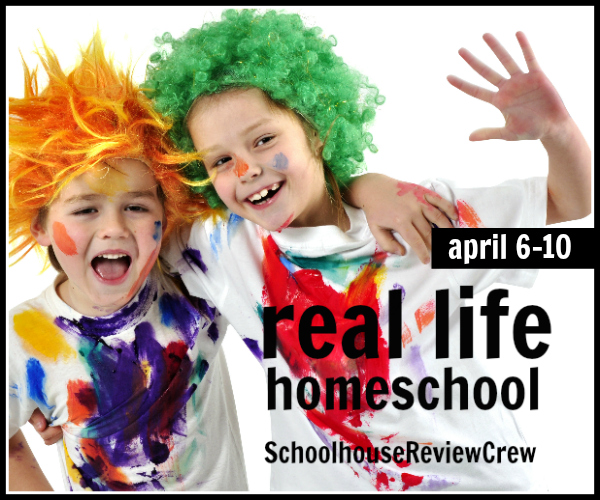Life is full of ups and downs, good times and tough times. Hard times are already challenging enough to deal with but add in homeschooling to the mix and those tough times can be overwhelming. Whether you just had a baby, a spouse lost a job, you're moving, illness strikes or a loved one died, temporarily adjusting your homeschool schedule is needed in order to cope.
Our family has been through several challenging times over the years. From my husband being in the hospital several times, fostering a medically fragile baby, a child's
injury & 5 months of physical therapy, and on and on. By far though the hardest time we went through during homeschooling was the life limiting diagnosis of our son
Noah while I was still yet pregnant with him. We received news he was going to die while we were finishing up our homeschool year and his death came just a few weeks before we were to start our new school year.
My children were all elementary age at this time so we had a bit more leniency to abruptly change our schedule. When we received his diagnosis, we stopped schooling for several days as we processed the news. Once we started back, we simply finished up the crucial things that needed to be done in order to put together our portfolios.
After his death when it came time to start school again, we kept our schooling to the basic subjects for awhile, especially the ones my children could do on their own such as Teaching Texbooks for math where they are taught by a DVD program.
Some days though, all that managed to get done around here was watching a few educational DVD's (and that didn't even always happen) and making sure there was food in the house for everyone to eat. Housework and everything else got pushed aside because that's all I could manage.
And you know what, that is ok!!!! There is so much life learning that can be accomplished outside of bookwork.
Looking back, I can see how my children learned the gift of empathy after going through all we did with our son. They have since reached out and given support to other kids also going through similar circumstances with losing a sibling. My children learned how to help run a house with picking up my slack with the household chores and cooking on days I was having a rough grief day (I was also recovering from childbirth so I was limited in what I could do). They learned that it's ok to cry and express your sadness which I think has helped strengthen our relationships with each other. There are so many other life lessons my children learned during our tough times that could've never have been learned from a book. Lessons that will reap rewards long into adulthood.
With that said, here are some tips if you find yourself in the trenches during the school year:
-Stick to the Basics
State requirements can vary by state but during the rough days just do what you absolutely need to.
-Take Time Off
I know this makes most of us cringe but seriously, if you are facing some crappy stuff in life, stressing yourself over school is NOT worth it! Taking time off is so valuable in helping you to regroup and make it through. Your kiddos will continue to learn every day with all you are dealing with. Life lessons can be far more valuable than textbook lessons! Keep some educational DVD's and games on hand so even if you take a break from the bookwork, they still have something school related to do.
-Work Ahead
Those days you have that are super good?? Work ahead! Do some extra lessons, freeze a meal, etc.
-Ask for Help
I know not everyone has family or friends that can help but if you do have a support system outside your home, reach out to them. Have someone take your children for a few hours, let them bring you a meal or simply have them over if you need someone to talk to or pray with. Sometimes just having someone there to talk to and share the burden with can give us the strength to make it through the day.
Have you found yourself faced with a hard situation during your school year? If so, what did you do to make it through?
Discover real life in other homeschools with the Schoolhouse Review Crew bloggers! Join the blog hop to read more!
 Double O Farms
Simple Living Mama
Fried Clams and Sweet Tea
This Sweet Life
A Net In Time
Counting Pinecones
Some Call It Natural
Kingdom Academy Homeschool
Debbie's Homeschool Corner
Double O Farms
Simple Living Mama
Fried Clams and Sweet Tea
This Sweet Life
A Net In Time
Counting Pinecones
Some Call It Natural
Kingdom Academy Homeschool
Debbie's Homeschool Corner










